What Role Does Management Play in the Social Compliance Audit? Ensuring Success Through Leadership and Engagement
In today’s business landscape, social compliance audits have become an essential tool for ensuring that companies adhere to ethical standards across their operations. These audits evaluate a company’s commitment to labor rights, environmental sustainability, and overall ethical business practices. While the audit process itself is critical, the role of management in driving and supporting these efforts cannot be overstated. Effective management involvement is key to not only passing the audit but also embedding a culture of compliance throughout the organization.
Introduction: The Importance of Management in Social Compliance
Social compliance is not just a box-ticking exercise; it’s a fundamental aspect of how businesses operate ethically and sustainably. For a social compliance audit to be successful, the involvement of management is crucial. Management plays a pivotal role in setting the tone for compliance, ensuring that the necessary resources are allocated, and leading by example. Without strong management support, even the most thorough audit processes can fall short of achieving meaningful and lasting compliance.
In this blog post, we’ll explore the various roles that management plays in a social compliance audit, offering insights into how leaders can drive positive outcomes and foster a culture of ethical responsibility within their organizations.
The Role of Management in the Social Compliance Audit Process
Management’s involvement in the social compliance audit process can be broken down into several key areas, each of which is essential for the success of the audit and the ongoing maintenance of compliance standards.
1. Setting the Tone for Compliance
One of the most critical roles that management plays in a social compliance audit is setting the tone for compliance across the organization. This involves demonstrating a commitment to ethical practices and ensuring that these values are integrated into the company’s culture.
- Leading by Example: Management must lead by example, showing that compliance is a priority at all levels of the organization. This includes adhering to company policies, promoting transparency, and holding themselves accountable.
- Communicating Expectations: Clear communication from management about the importance of social compliance is vital. Employees need to understand that compliance is not just a regulatory requirement but a core value of the organization.
Practical Tip: Regularly communicate the importance of social compliance to all employees, using internal channels such as meetings, newsletters, and training sessions to reinforce the message.
2. Allocating Resources and Support
For a social compliance audit to be successful, management must ensure that the necessary resources are allocated. This includes both financial and human resources, as well as the time needed to prepare for and conduct the audit.
- Providing Adequate Resources: Management should ensure that the departments responsible for compliance have the tools, training, and personnel needed to meet audit requirements. This might involve investing in compliance management software, hiring additional staff, or providing ongoing training for existing employees.
- Supporting Cross-Departmental Collaboration: Social compliance often requires input from multiple departments, including HR, legal, operations, and procurement. Management should facilitate collaboration between these teams to ensure a comprehensive approach to compliance.
Example: A manufacturing company preparing for a social compliance audit might allocate additional budget for safety training and new protective equipment, ensuring that all workers are adequately protected and that the company meets safety standards.
3. Engaging in the Audit Process
Management should be actively involved in the audit process itself, from preparation to follow-up. This involvement signals to both employees and auditors that compliance is taken seriously at the highest levels of the organization.
- Participating in Pre-Audit Meetings: Management should participate in pre-audit meetings to understand the scope of the audit and to provide input on any areas of concern. Their involvement helps ensure that the audit is aligned with the company’s goals and that any potential issues are addressed proactively.
- Supporting the Audit Team: During the audit, management should be available to support the audit team, providing access to necessary documentation, facilitating interviews, and addressing any questions or concerns that arise.
Real-World Application: A company’s senior management team might attend the opening and closing meetings of a social compliance audit, demonstrating their commitment to the process and ensuring that any critical issues are discussed and addressed promptly.
4. Responding to Audit Findings
Once the audit is complete, management’s role shifts to responding to the findings and implementing any necessary corrective actions. This is a critical phase where management’s leadership can make a significant impact on the company’s long-term compliance efforts.
- Reviewing the Audit Report: Management should thoroughly review the audit report, paying close attention to any areas of non-compliance and the recommendations provided by the auditors.
- Developing a Corrective Action Plan (CAP): Based on the audit findings, management should work with relevant departments to develop and implement a corrective action plan. This plan should include clear timelines, responsibilities, and follow-up actions to ensure that issues are resolved effectively.
Practical Tip: Establish a regular review process to monitor the progress of the corrective action plan, ensuring that all actions are completed on time and that their effectiveness is evaluated.
5. Fostering a Culture of Continuous Improvement
Management’s role in social compliance doesn’t end with the completion of the audit. To truly embed compliance into the company’s operations, management must foster a culture of continuous improvement, where compliance is viewed as an ongoing commitment rather than a one-time task.
- Promoting Continuous Learning: Encourage employees at all levels to engage in continuous learning about social compliance, offering training sessions, workshops, and access to resources that help them stay informed about best practices.
- Incorporating Feedback: Use the insights gained from the audit process to refine and improve compliance strategies, incorporating feedback from employees, auditors, and other stakeholders.
Example: A company might implement a continuous improvement program where employees are encouraged to identify potential compliance risks and suggest improvements, with management recognizing and rewarding those contributions.
The Crucial Role of Management in Social Compliance Audits
Management plays a pivotal role in the success of social compliance audits, from setting the tone for ethical practices to actively engaging in the audit process and driving continuous improvement. By taking an active and supportive role, management can ensure that the company not only meets compliance standards but also fosters a culture of responsibility and integrity.



